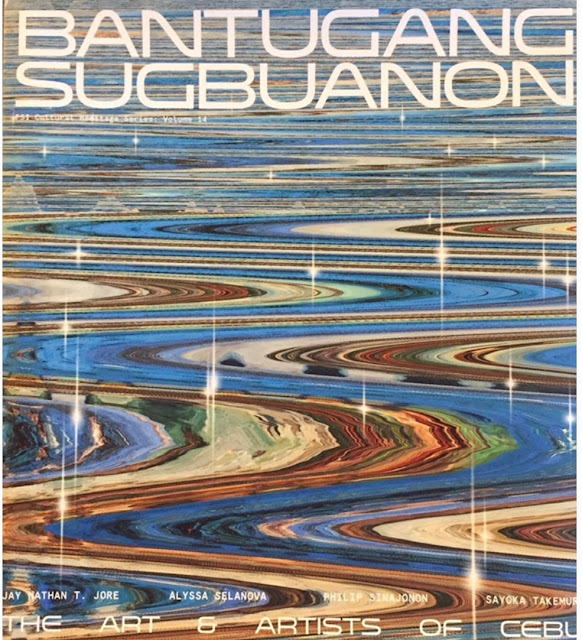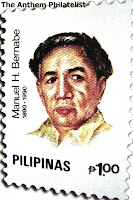Vicente Fabella on Stamps

Vicente F. Fabella (1891-1959). Educator, economist, civic leader and the first Filipino certified public accountant. He was the founder of Jose Rizal College. He was born on May 7, 1891 in Pagsanjan, Laguna, the third of six children of Juan Fabella, who served as mayor of Pagsanjan during the Spanish and American regimes, and Damiana Fernandez.
He obtained his Bachelor of Arts degree from the University of the Philippines in 1912 and then continued his studies in the United States, obtaining concurrent degrees of bachelor of philosophy from the University of Chicago and diploma in commerce from Northwestern University in 1915. That same year, he became a certified public accountant in the state of Wisconsin.
In 1916, upon his return to the Philippines, he became a professional lecturer in accounting and auditing at the University of the Philippines. At the same time, he opened the accounting firm, Vicente Fabella and Company.
He was instrumental in the founding of Far Eastern College of Accounts, Commerce and Finance in 1919 of which he became the first president and Nicanor Reyes, founder of Far Eastern University, became an associate. The school was originally located in a four-room building on Rizal Avenue. It later transferred to Arlegui Street and, 1922, to its well-known prewar address at 1063 R. Hidalgo in Quiapo.
It was also in 1922 that it changed its corporate name to Jose Rizal College. Since its foundation, JRC had been “Fully dedicated to the continued up building of educational methods and systems that have met the need of the country for the development of Philippine business, trade, industry and finance.”
The following year, the first government examination for CPA’s in the Philippines was given. Fabella was among the first to be licensed in the country. His office was instrumental in the drafting of Act 3105, which became the basis of the CPA Law of the Philippines. Dr. Conrado Benitez credited Fabella with having elevated public accountancy “to the status of a profession,” adding that the training of CPA’s “is his lasting contribution to the building of the nation.”
Fabella was a founding member of the Philippine Association of Colleges and Universities (PACU), organized in 1932, and the Philippine Association of Collegiate Schools of Business (PACSB) which was formally set up in 1962. In 1933, he was named Philippine delegate to the 4th International Congress on Accounting in London. In 1937, he helped the establishment of the National Collegiate Athletic Association (NCAA), and the Reserve Officers’ Training Corps. (ROTC).
He was a charter member of the Delta Mu Delta, an honorary society of Northwestern University, and a member of the American Association of University Instructors in Accounting.
When the Japanese invaded the Philippines in 1941, Fabella shut down JRC as a gesture of protest, and got himself involved in the underground movement. Despite the repeated requests by the Japanese authorities to have his school reopened, he kept it closed throughout the entire occupation period. As a consequence, the school building and his residence were commandeered by the Japanese, forcing him and his family to seek shelter in the mountains of Laguna.
Soon after the liberation of Manila in 1945, efforts were made to get classes in schools started once again. JRC resumed its operation in school year 1946-47.
In 1949, seeing that the R. Hidalgo location could no longer accommodate added facilities for students, Fabella moved JRC to its present spacious grounds in Mandaluyong. This was also the time when he turned over his accounting firm to his younger brother. This allowed him to work in a more relaxed manner and to make frequent travels abroad.
In 1955, President Ramon Magsaysay asked him to join the Central Bank survey Commission. The commission took over a year to complete its work. Thus, Fabella took his last long trip to Europe in 1957.
He was 67 when he passed away on February 14, 1959. His widow, Carmen de Jesus, succeeded him to the presidency of JRC. He had three children: Virginia, a Maryknoll nun who has adopted the name of Sor Maria del Carmen; Armand, and Carmen.
Date of Issue: June 3, 1991





